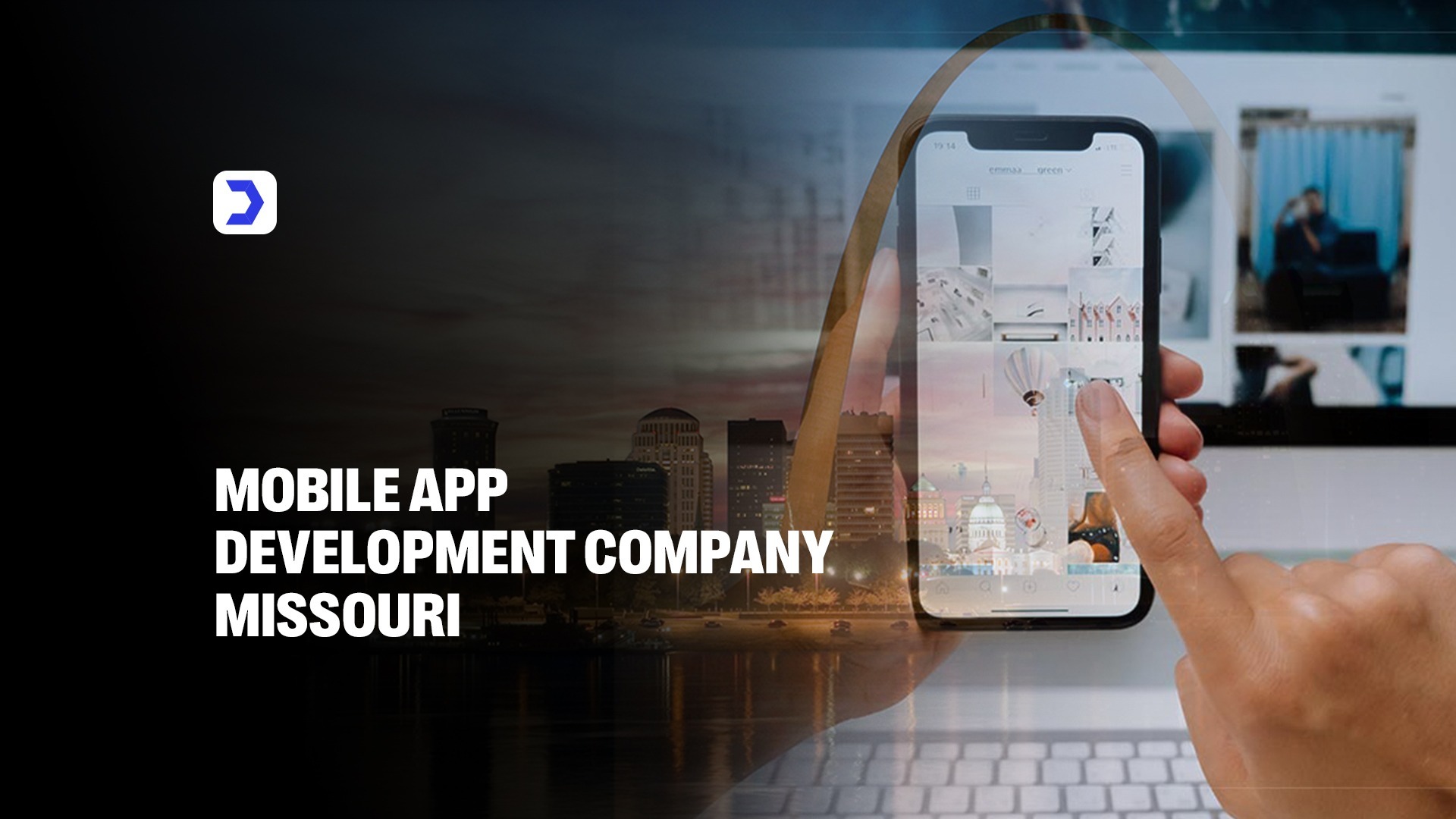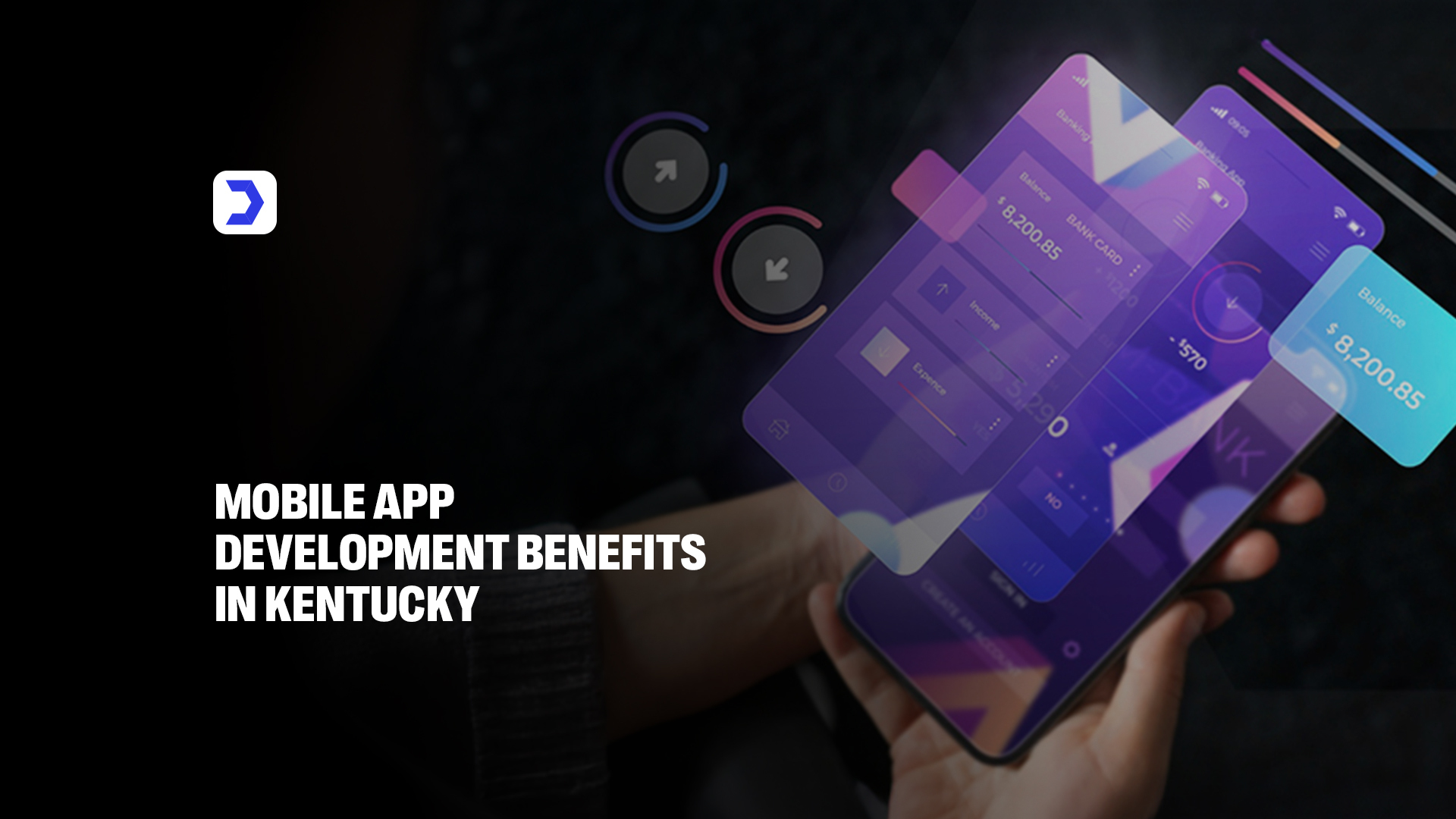| Factor | iOS App Development | Android App Development |
|---|---|---|
| Pros | Faster development time due to streamlined ecosystem. | Larger audience reach with more global users. |
| Premium user base with higher spending potential. | More flexibility in customization and features. | |
| Higher security and better data privacy. | Easier publishing process on Google Play Store. | |
| Cons | Higher development cost and Apple’s strict guidelines. | Security risks due to open-source nature. |
| Limited customization options. | Device fragmentation causes compatibility issues. | |
| Longer app approval process on the App Store. | Higher development time due to varied device specs. |
The mobile app development industry has evolved significantly, with businesses and developers constantly evaluating the best platform to build their apps. When comparing iOS and Android app development, several differences impact design, development environment, programming languages, cost, security, and market share. While iOS applications cater to an exclusive user base with a controlled ecosystem, Android applications offer flexibility and reach a broader audience.
Businesses aiming to develop custom mobile applications often discuss Android vs. iOS app development, considering factors like user experience, security, development cost, and revenue potential. According to Digital Software Labs, choosing the right platform depends on the business model, target audience, and long-term app objectives. Understanding the differences between iOS and Android is essential for making an informed decision.
iOS and Android App Development: Key Differences
The primary difference between iOS and Android app development lies in their operating systems, programming frameworks, and design principles. iOS mobile application development follows strict Apple guidelines, while Android app development offers greater customization and flexibility.
Additionally, app distribution differs significantly between the iOS App Store and Android App Store (Google Play Store), affecting monetization strategies and approval processes. These factors influence both platforms’ overall development complexity, security measures, and market reach.
Differences in Development
1. Programming Languages:
- For iOS:
iOS app development primarily relies on Swift and Objective-C. Swift, introduced by Apple, has become the preferred language due to its modern syntax, speed, and security enhancements. Developers working with iOS applications must follow Apple’s strict development guidelines to ensure compatibility and performance.
- For Android:
Android application development utilizes Java and Kotlin. While Java has been a staple in Android app development, Kotlin has gained popularity for its concise syntax and improved security features. Android app developers benefit from an open-source environment, allowing for more flexibility in coding and customization.
As businesses seek to reach a broader audience, incorporating Flutter app development offers a unified development approach for both iOS and Android. Flutter allows developers to write a single codebase that runs on both platforms, combining the best of both worlds for efficiency, cost-effectiveness, and scalability in mobile app development.
2. Differences in Design:
- iOS Developers:
Apple follows a strict design philosophy based on the Human Interface Guidelines (HIG). iOS applications feature consistent UI elements, smooth animations, and a clean aesthetic. Flat design, high-resolution icons, and intuitive navigation are hallmarks of iOS app development services.
- For Android:
Android app design is influenced by Google’s Material Design principles, which focus on dynamic colors, adaptable layouts, and interactive motion graphics. Since Android applications must run on various devices, UI adaptability is crucial in development. By aligning with e-commerce website development services, businesses can ensure that the Android apps they develop are not only visually appealing but also responsive and user-friendly, optimizing the experience across all devices. This approach is key in building applications that work seamlessly and are easy to navigate, especially in the context of evolving mobile technology.
3. Development Environment
- Android Developers:
Android developers use Android Studio, an IDE (Integrated Development Environment) that supports Java, Kotlin, and C++. It offers advanced debugging tools, a built-in emulator, and seamless integration with Google services.
- iOS Developers:
iOS app developers rely on Xcode, Apple’s official IDE for iOS mobile application development. Xcode provides a robust UI design tool, debugging features, and seamless integration with Apple’s ecosystem, making it the go-to choice for iOS app development companies.
Developmental Complexity
Developing iOS applications is generally less complex due to Apple’s limited number of devices and standardized hardware. In contrast, Android applications must be optimized for multiple screen sizes, device configurations, and OS versions, adding to the development and testing time.
Benefits and Challenges
For iOS
Benefits:
- Faster development due to Apple’s uniform ecosystem.
- High app security and privacy standards.
- More significant monetization potential through the iOS App Store.
Challenges:
- The longer approval process for the iOS App Store.
- Strict development guidelines limit design flexibility.
For Android
Benefits:
- Larger user base, leading to greater market reach.
- Flexible development environment with fewer restrictions.
- More straightforward app publishing process on the Android App Store.
Challenges:
- Device fragmentation requires extensive testing.
- Higher security risks due to open-source nature.
Cost of Development
For iOS
iOS app development typically requires specialized expertise in Swift and Objective-C, making it more expensive. Additionally, iOS developers must pay a yearly fee to access Apple’s developer program.
For Android
While Android app development may be more affordable upfront, the cost of development increases due to extensive testing for multiple devices. However, Google Play’s one-time developer fee is lower than Apple’s annual subscription fee.
For a detailed breakdown of app development costs, Digital Software Labs provides insights into budgeting for mobile app development in 2025.
Market Share
- Android applications dominate the global market, accounting for nearly 70% of mobile users worldwide.
- iOS applications hold a significant share in premium markets like the US, Canada, and Europe, offering higher revenue potential.
Businesses must consider target demographics when choosing between Android vs. iOS app development.
App Security
- iOS applications have stronger security measures, including end-to-end encryption and controlled app distribution via the iOS App Store.
- Android applications face higher security risks due to third-party app distribution and open-source vulnerabilities.
Digital Software Labs discusses Apple’s security-focused approach in iOS app development and how it benefits businesses seeking secure applications.
The Pros
- iOS applications offer faster development time and a premium user base.
- Android applications reach a larger audience and provide more flexibility.
The Cons
- iOS app development is costlier and has stricter guidelines.
- Android app development faces security risks and device fragmentation.
Conclusion
Both iOS and Android app development have unique advantages and challenges. The choice depends on business objectives, target audience, and budget considerations.
For enterprises looking to invest in mobile app development for iOS and Android, Digital Software Labs provides insights into the importance of enterprise-level mobile apps. Additionally, those seeking an Android app development agency can explore Digital Software Labs for the best app development solutions.
FAQs
The choice between Android vs. iOS app development depends on market goals. iOS applications are ideal for premium users and strong security, while Android applications reach a broader audience.
iOS applications benefit from tighter security, seamless Apple ecosystem integration, and a controlled App Store environment, ensuring better privacy protection.
The main difference between iOS and Android app development lies in their programming languages, design principles, development complexity, cost, and security. Understanding these differences helps businesses make informed decisions when developing mobile applications.




